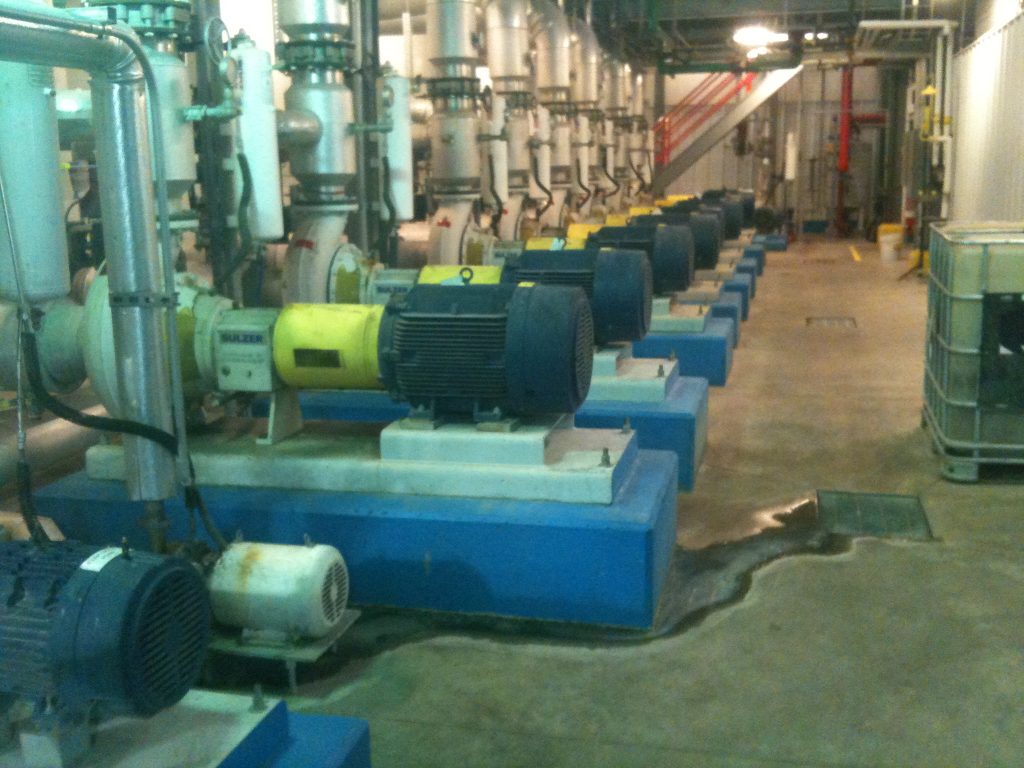I read an interesting article in the June/July 17 issue of Uptime Magazine. It was titled “The Reliability Impact Within the P-F Curve” by Randy Riddell. Randy is the Reliability Manager for the SCA Barton Mill in Alabama.
I encourage you to read the full article (https://reliabilityweb.com/articles/entry/the-reliability-impact-within-the-p-f-curve). The article includes the following graphic that I had not seen before that I found particularly interesting.

This D-I-P-F curve was developed by Reliabilityweb.com. Mr. Doug Plucknette with Reliability Solutions Inc. is credited as the source of the original concept of the D-I-P-F curve and further aspects were developed by Mr. Brian Hensius.
All versions are based on the original P-F curve developed by Nolan and Heap in Reliability Centered Maintenance (1972).
The D-I-F-P curve, developed and modified by leading reliability experts, indicates that precision alignment and balance are proactive activities that help prevent failure of rotating assets. Activities that occur in the green portion of the chart help to prevent failure. These tasks should occur routinely as part of a proactive approach to asset management. If all your activities occur in the yellow portion of the curve you are managing, perhaps prolonging, failure but not preventing it.
In today’s world of decreasing manpower, time constraints and decreasing budgets it appears to me that these tasks become more critical than ever.



